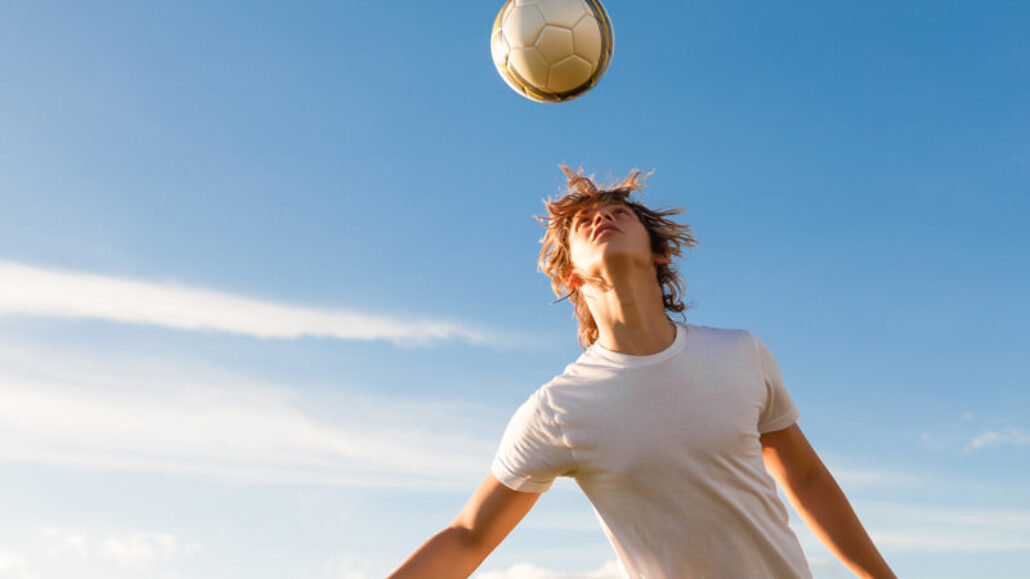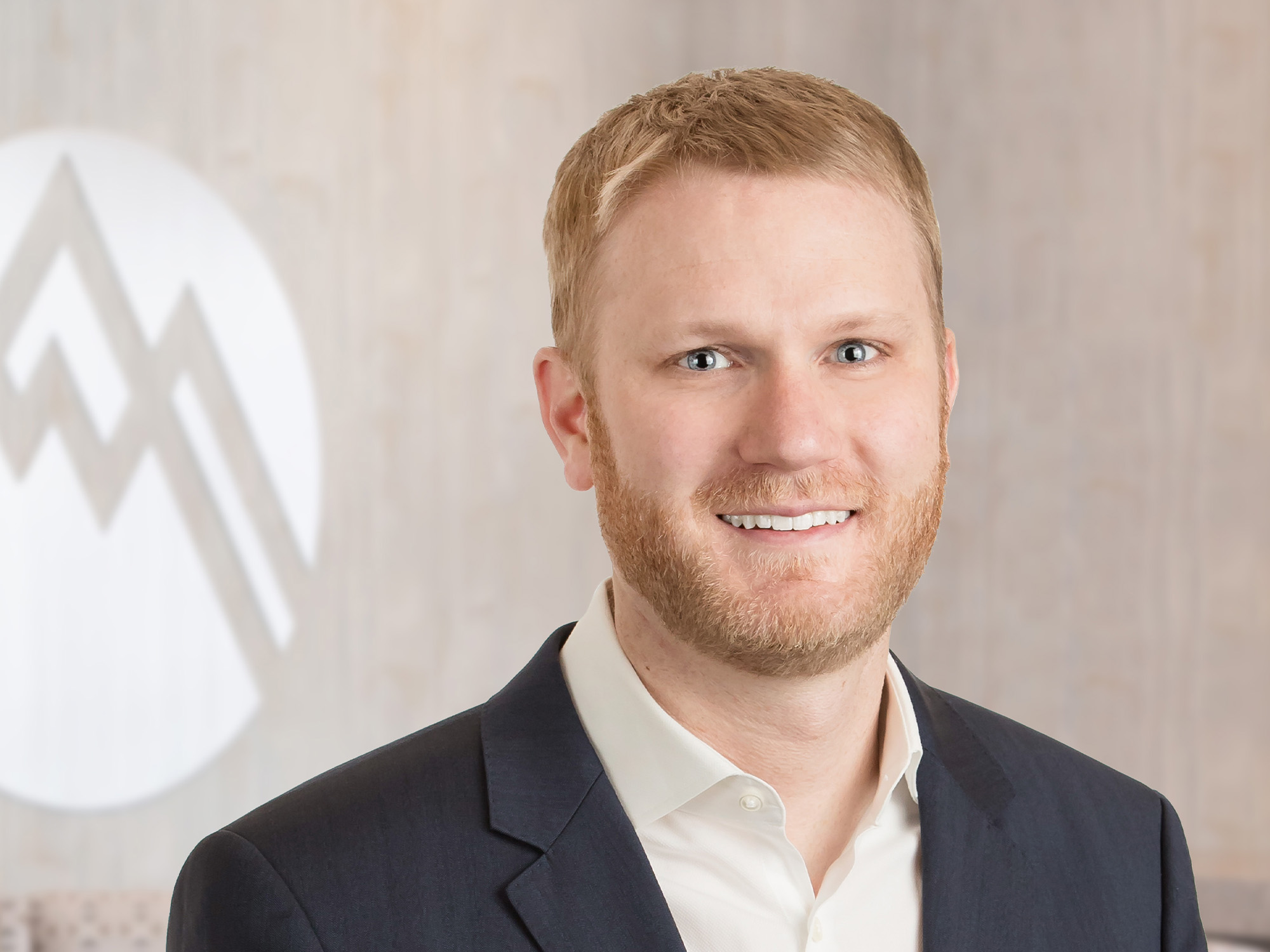Sports-related concussions are more common—and the consequences can be more serious—than we once realized. Dr. Skendzel explains what we know about how to help children recover safely following a concussion injury.
High school athletes suffer thousands of sports-related concussions every year, and research has shown that the consequences of repeated concussions can be serious. The rules of athletic competition have been adjusted to help prevent these injuries, and to recognize and treat them earlier when they do occur. Dr. Jack Skendzel explains how post-concussion recovery is monitored today.
“Our medical understanding of concussion has come a long way in the last few decades, and there’s still a lot of research to do to fully understand how these head injuries affect the brain,” says Dr. Skendzel, one of Summit’s sports medicine physicians. “We know that you don’t have to be knocked out to suffer a concussion. Any blow to the head can cause a concussion. The symptoms are physical and mental, and in some cases, may not show up until a few hours after the injury. It’s important for parents to be alert for symptoms like trouble concentrating, fatigue, dizziness, headache, or forgetfulness.”
Rules are now in place to evaluate potential sports-related concussions immediately, and guidelines have been established to sideline players with concussion symptoms until the player can be evaluated and properly treated.
We know that athletic activity should be curtailed during the recovery period, but what about a child’s normal daily activities? Could returning to school immediately after a concussion cause a setback in recovery? Research results are divided. An early study suggested that modest activity could cause symptoms to spike. Follow-up research reported in JAMA Pediatrics tested this suggestion, finding that about 30 percent of children who returned to school following a concussion did experience a symptom spike about five days into recovery, but that symptom recovery was rapid and did not affect overall rehabilitation.
“No one study is conclusive, and much research remains to be done,” says Dr. Skendzel. “The JAMA Pediatrics study was focused on children with an average age of 13. We don’t know if a child’s age is a factor in recovery, or if there are other variables that play a role. Each new research study gives us more information to work with and a better understanding about how to treat concussion in our young athletes.
“At Summit, we are following the research closely and choosing to err on the side of caution when it comes to the athletes under our care,” he explains. “Our partnership with Bethesda Health East Concussion Clinic was designed to guide our concussed athletes through a full recovery with both orthopedic and neurological expertise. Many of us at Summit have children in high school sports; we want the same care for each of our young patients that we’d want for our own children. Our comprehensive concussion program with Bethesda is structured to provide the specialized care that every young athlete deserves.”
Summit Orthopedics offers comprehensive sports medicine expertise
From Olympians to pro athletes to kids in youth sports and those that just want to be more active—Summit Orthopedics delivers expert care by fellowship-trained sports medicine physicians. If you are recently injured or concerned about ongoing pain, Summit Orthopedics sports medicine specialists have the expertise to evaluate your discomfort and develop a plan to quickly and safely help you get back to being active.
Start your journey to stronger, healthier athletic condition. Find your sports medicine expert, request an appointment online, or call us at (651) 968–5201 to schedule a sports medicine consultation.
Summit has convenient locations across the Minneapolis-St. Paul metro area, serving Minnesota and western Wisconsin. We have state-of-the-art centers for comprehensive orthopedic care in Eagan, MN, Vadnais Heights, MN, Plymouth, MN, and Woodbury, MN, as well as several additional community clinics.

